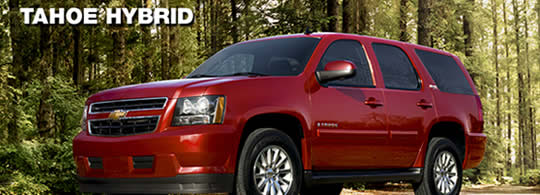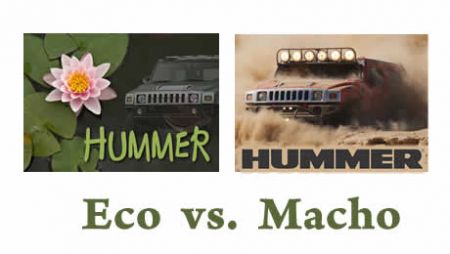Aggressive vs. Agreeable
In Spent: Sex, Evolution, and Consumer Behavior, author and evolutionary psychologist Geoffrey Miller spends a lot of time discussion the “Big Five” personality traits, two of which are agreeableness and aggressiveness. These traits are important, says Miller, because individual consumers use their visible purchases to signal them to others. Indeed, Miller thinks much of what we purchase is about signaling others as to our fitness for mating and our social status. The difference between us and our evolutionary forebears is that we use products instead of letting our physique and robust health (or lack thereof) speak for themselves.
Aggressiveness and agreeableness are two traits in conflict, but each trait may be signaled by the same individual at different times. According to Miller, young adult males think a lot more about mating than parenting. In the initial phase of a relationship, they tend to signal low agreeableness and high aggressiveness by attempting to show social dominance, “manliness,” assertiveness, etc. These displays are intended to both attract the attention of a chosen female and deter rivals. But, as the relationship develops, Miller says, these same young males must begin to display high agreeableness to show their potential as long-term mates – thoughtfulness, gentleness to children and animals, concern for the environment and social justice, etc.
Product Implications
If you buy into Miller’s theory, a product aimed a the younger male demographic should signal one of these traits. Muscle cars and noisy motorcycles signal aggressiveness and dominance. So does pounding, bass-thumping rock music. Is it a coincidence that the brand that popularized shower products for male buyers is named Axe? Agreeableness might be signaled by driving a Toyota Prius or wearing a T-shirt with a socially-acceptable slogan, among many possibilities.
Mixed Signals
What will NOT work in the younger male demographic, says Miller, is a product that sends a mixed message. He cites the 2008 Chevy Tahoe Hybrid SUV as an example. While a massive SUV is definitely a signal of low agreeableness, the hybrid aspect would signal high agreeableness. The final message is a muddle: a truly eco-conscious individual wouldn’t drive an SUV that weighs nearly three tons, while a truly dominant individual would never spend an extra $14,000 to gain a pitiful 4 mpg boost in fuel economy.
When I wrote HUMMER: Split-Brain Branding, I didn’t use Miller’s evolutionary psychology language but highlighted the same kind of marketing failure. In promoting HUMMER with eco-oriented commercials, General Motors muddled the brand’s message. Environmentally-oriented consumers would never buy a HUMMER, even a hybrid if one existed, while the more likely buyers will find the non-aggressive ads off-putting. While I doubt if GM’s poorly executed eco-friendly ad campaign was the sole cause of the demise of the HUMMER brand, it certainly didn’t help.
There’s a lesson for marketers that goes beyond Miller’s aggressive/agreeable traits: products and brands must be true to their image, and trying to satisfy conflicting constituencies will likely end in failure.


